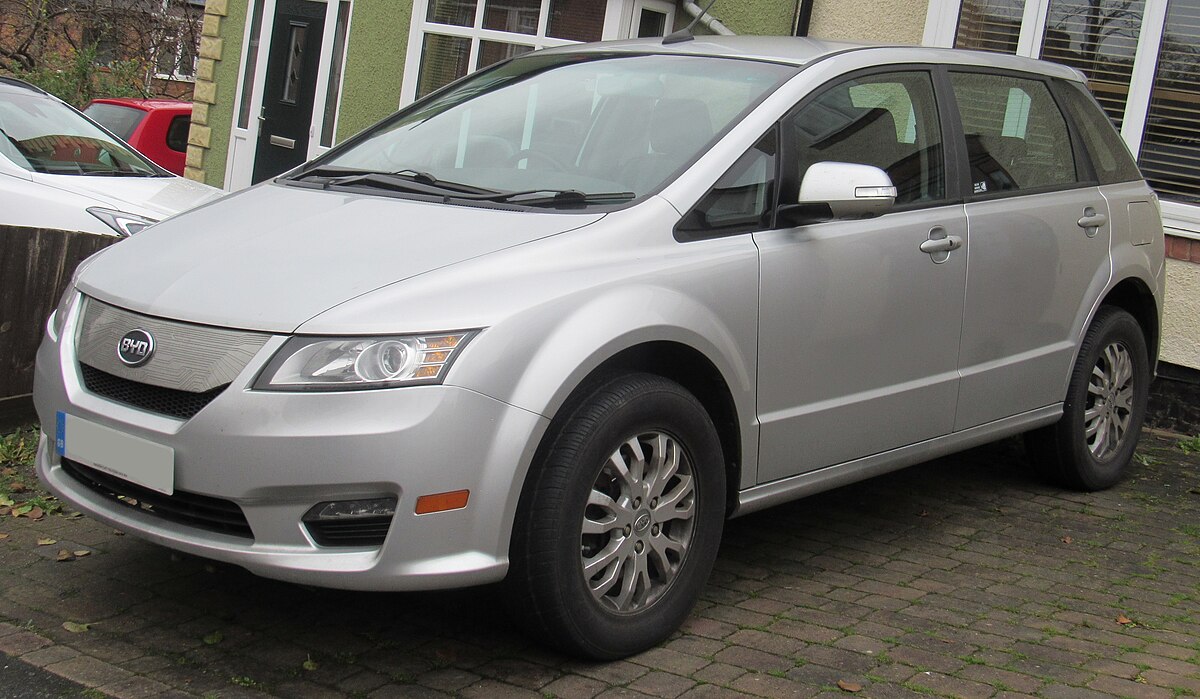So if you haven't noticed, sodium ion batteries are rapidly advancing.
I'm beginning to think sodium ion batteries are the next big thing for ebikes, due to their lower cost and higher safety.
So let's kick off a thread about these, eh?
I'm beginning to think sodium ion batteries are the next big thing for ebikes, due to their lower cost and higher safety.
So let's kick off a thread about these, eh?



